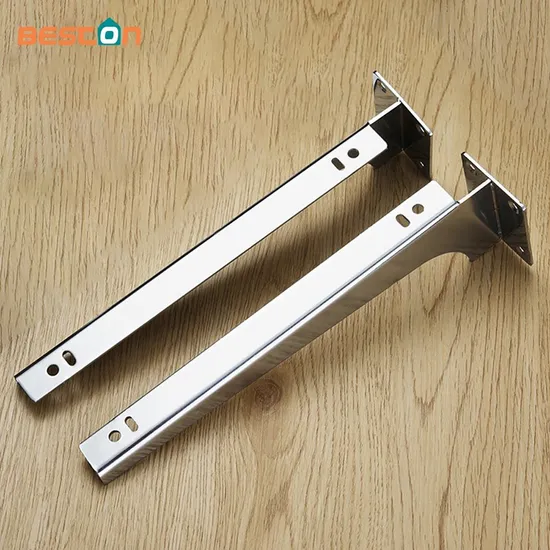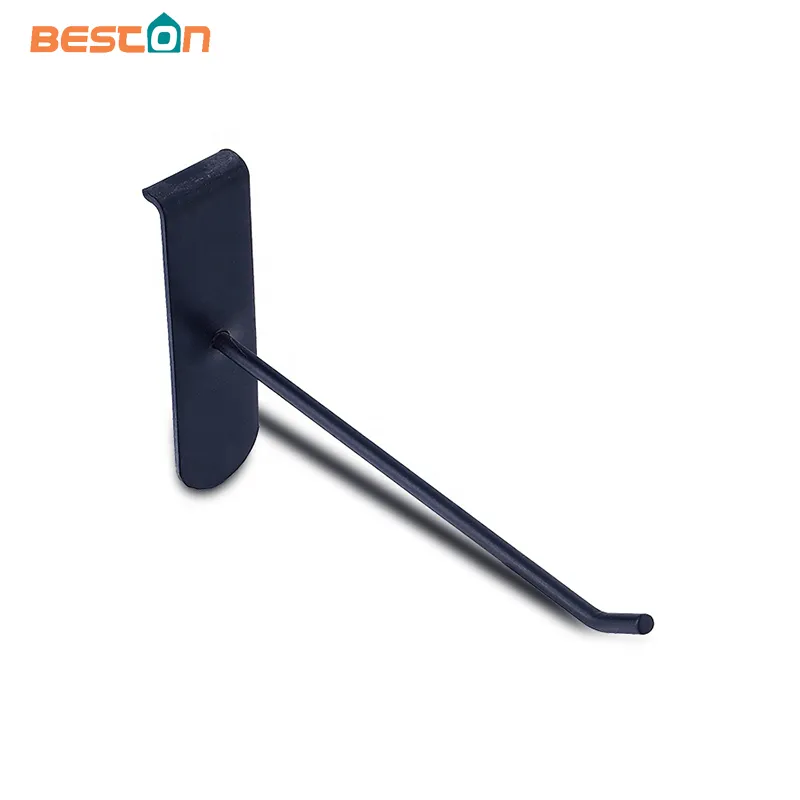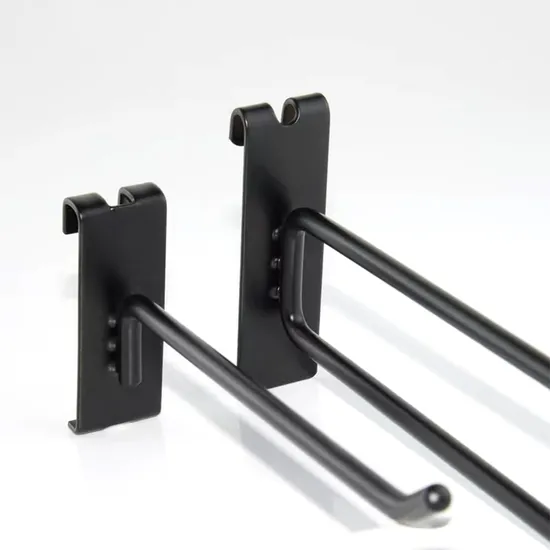Author: Site Editor Publish Time: 2025-06-23 Origin: Site











Whether you're installing new shelves in your kitchen, upgrading your garage storage, or setting up a commercial retail space, shelf supports are essential components. They hold the weight of your shelving and whatever you place on them, ensuring everything remains stable and secure. In this comprehensive guide, we’ll explain what shelf supports are, how to remove locking shelf supports, and what options are available to support shelves. We'll also cover types like shelf support brackets and wire shelf support brackets for different applications.
A shelf support is a mechanical component used to hold and stabilize a shelf in place. It connects the shelf to the wall or cabinet and supports the weight of the items placed on it. Shelf supports come in various shapes, sizes, and materials such as plastic, metal, and even wood.


| Type | Description | Use Case |
|---|---|---|
| Peg-style | Small pins inserted into pre-drilled holes | Bookcases, cabinets |
| Brackets | L-shaped metal components | Heavy-duty wall shelving |
| Wire shelf support brackets | Designed for wire or ventilated shelves | Closets, pantries |
| Locking shelf supports | Feature locking mechanisms to prevent shelf dislodgement | Safety-critical setups |
Shelf support brackets are the most common and heavy-duty method of shelf support. They are typically L-shaped or triangular and made of metal, providing strength and stability to shelving systems.
Load-bearing capacity: Ideal for heavy items like books, tools, or equipment.
Durable materials: Usually made from stainless steel or powder-coated iron.
Aesthetic options: Available in various finishes for modern or industrial looks.
Installation Tip: Always install shelf support brackets into wall studs or use wall anchors rated for the intended weight.
Wire shelf support brackets are specifically designed for wire shelving systems. These are commonly found in closets, storage rooms, and pantries where airflow and ventilation are key.


Curved or angled design: Matches the contour of wire shelving.
Corrosion-resistant materials: Suitable for humid environments.
Clip-on or screw-in options: Easy to install and adjust.
These brackets often include a combination of side brackets and wall-mounting clips for enhanced stability.
Locking shelf supports provide added safety by securing the shelf firmly into place. However, removing them can be tricky if you're unfamiliar with the mechanism.
Identify the locking mechanism: Most locking supports use a clip or spring-loaded system.
Lift the shelf gently: Apply upward pressure to disengage the locking pin.
Use a flat-head screwdriver: Insert it under the locking clip and gently pry it loose.
Slide out the shelf: Once the lock is released, remove the shelf completely.
Unscrew or unclip the support: Depending on the installation, you may need to unscrew or unclip the bracket from the wall or cabinet.
Tip: Take a photo before disassembly to help with reinstallation.
There are multiple options available for supporting shelves, depending on the shelf’s location, weight requirements, and aesthetic preferences.
| Support Type | Best For | Load Capacity |
|---|---|---|
| Peg supports | Lightweight shelves, display items | Low |
| L-brackets | Heavy wooden or metal shelves | High |
| Wire shelf support brackets | Pantry or closet shelves | Medium |
| Concealed supports | Floating shelves | Medium |
| Track and standard systems | Adjustable shelving | Varies |
Weight Load: Know how much weight your shelf will bear.
Wall Type: Drywall, brick, or studs will affect what anchors and supports you can use.
Design: Choose supports that match your interior aesthetic.
Adjustability: If you plan to reconfigure your shelves often, opt for adjustable brackets.


A shelf support is a component used to hold a shelf in place and support its weight. It may come in the form of pegs, brackets, or integrated locking systems, and is typically mounted to a wall or inside a cabinet.
To remove locking shelf supports, gently lift the shelf while disengaging the lock with a screwdriver or your fingers. Once the shelf is free, unscrew or unclip the support from its mounting surface.
You can use pegs, metal brackets, wire shelf support brackets, or adjustable tracks. The choice depends on your shelf's weight and intended use.
Poor-quality shelf supports can cause shelves to sag or collapse over time, potentially damaging your belongings or creating safety hazards. Always invest in durable, high-performance supports that match your load requirements and design preferences.
Shelf is tilting or sagging
Supports show visible rust or corrosion
Cracks or chips in plastic components
Screws loosening over time
Regular maintenance checks can help ensure longevity and safety.
For those looking for reliable and high-quality shelf support brackets and wire shelf support brackets, we highly recommend Beston Hardware. They specialize in durable, innovative shelf support solutions ideal for residential and commercial use.
Brand: Beston Hardware
Email: sofia@bestonhardware.com
Phone: +86 13602319842
Beston Hardware offers a wide range of shelf supports engineered for strength and design flexibility. Their products are perfect for DIY home projects, office storage, and retail installations.
Understanding shelf supports is crucial when setting up or upgrading storage solutions. From choosing between shelf support brackets and wire shelf support brackets, to learning how to remove locking systems, this knowledge helps you make informed decisions for safe and efficient shelving.
Whether you're a homeowner, a contractor, or an interior designer, choosing the right shelf support ensures your shelving stays secure and stylish. Trust only reputable providers like Beston Hardware to supply quality, reliable components tailored to your needs.
Tel: 0086 13602319842
Email: sofia@bestonhardware.com
Address: R1038, 6#Baisha Ave East, Pengjiang Dis,
Jiangmen,529000, Guangdong, China